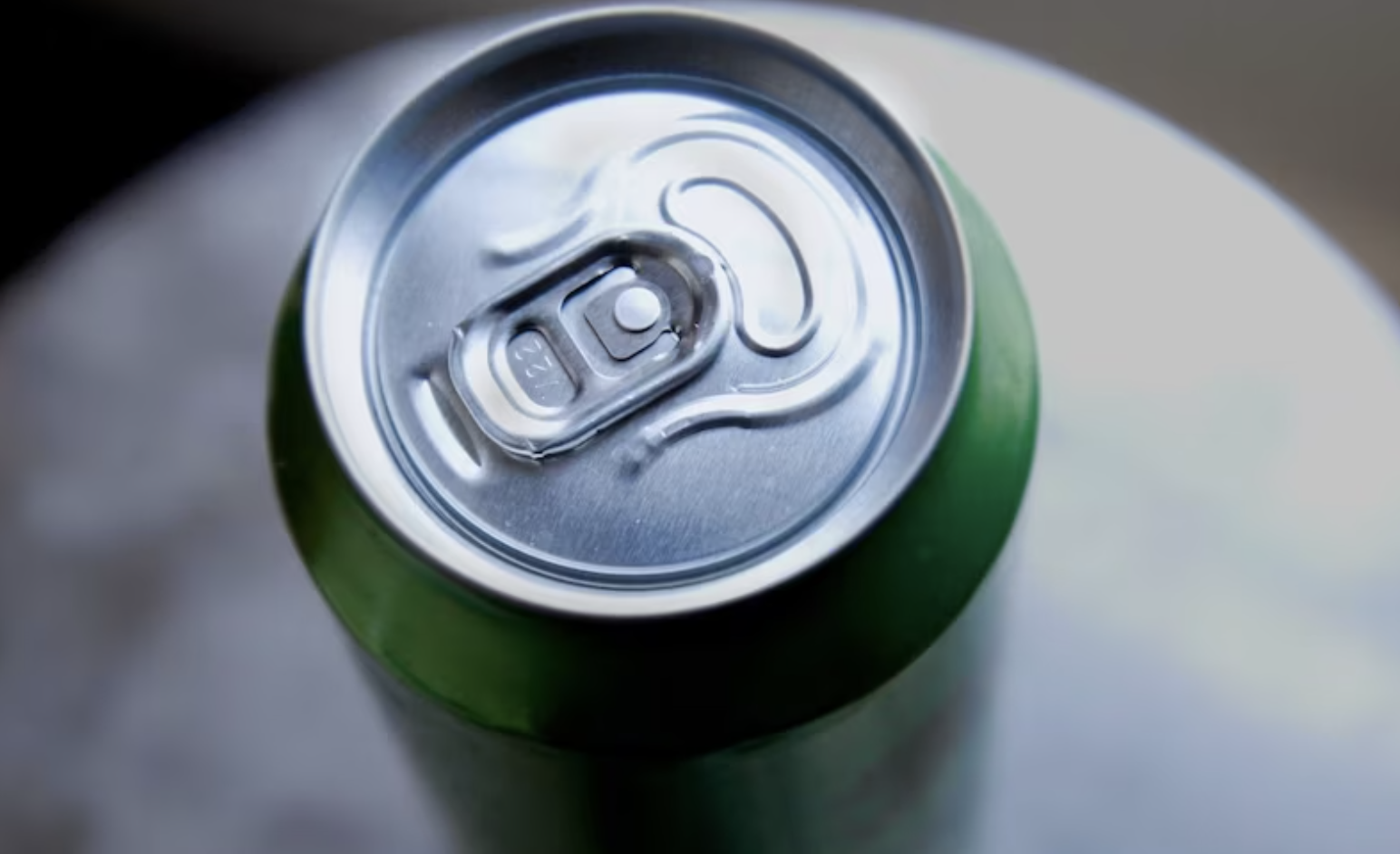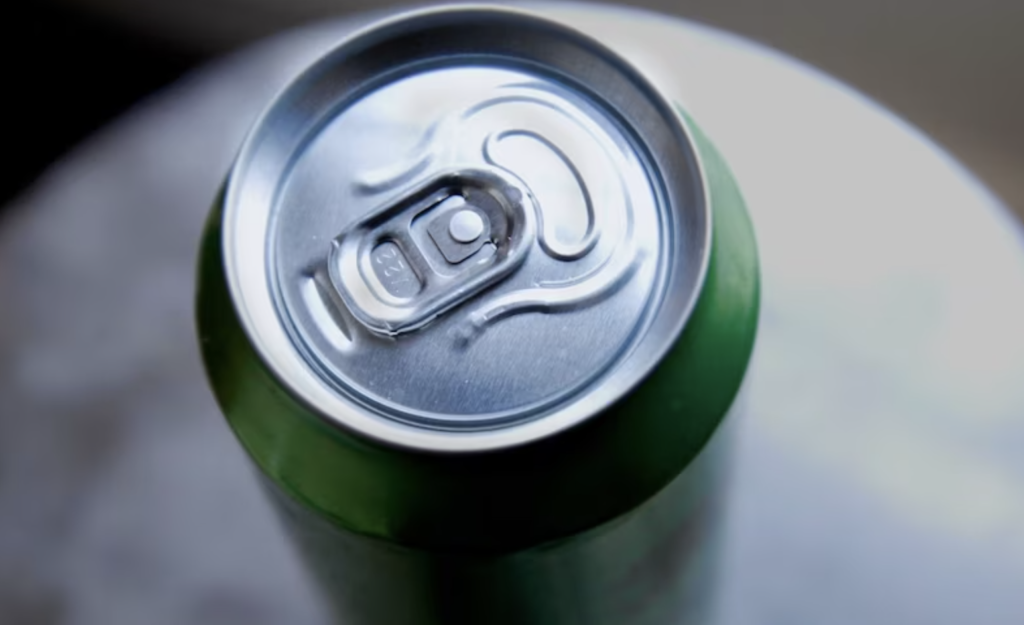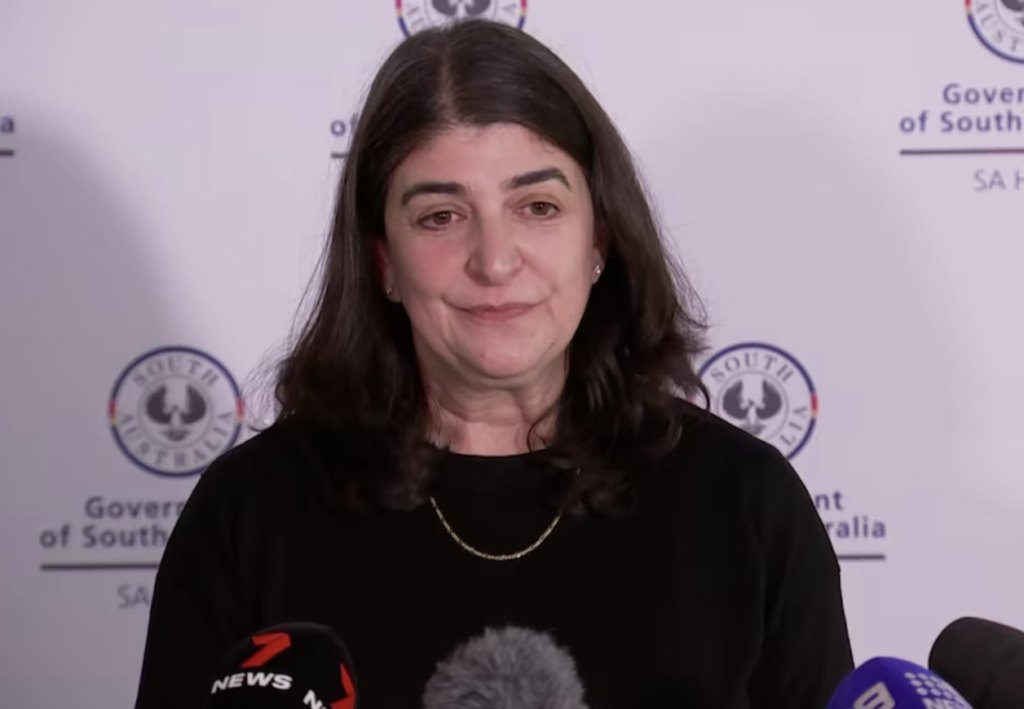Energy Drinks Containing Excessive Caffeine Seized as SA Health Authorities Target Suppliers
South Australian Crackdown on High-Caffeine Energy Drinks

In a significant move to protect public health, South Australian health authorities have seized energy drinks containing excessive caffeine from various suppliers. This action underscores growing concerns about the health risks associated with high caffeine consumption and aims to safeguard consumers, especially young people who are among the primary consumers of these beverages.

The Rising Popularity of Energy Drinks
Energy drinks have surged in popularity over the past decade, marketed as quick solutions for boosting energy, enhancing concentration, and improving physical performance. Brands often target young adults and teenagers, promising increased alertness and stamina. However, these drinks frequently contain high levels of caffeine, sugar, and other stimulants, raising health concerns among medical professionals and regulators.
Health Risks of Excessive Caffeine
Consuming large amounts of caffeine can lead to a range of health issues, including increased heart rate, high blood pressure, anxiety, digestive problems, and sleep disturbances. For teenagers and young adults, whose bodies are still developing, the risks are even more pronounced. Excessive caffeine intake can disrupt sleep patterns, affect cardiovascular health, and exacerbate mental health issues such as anxiety and depression.
The Crackdown by SA Health Authorities
The recent seizure of energy drinks in South Australia is part of a broader effort by health authorities to regulate the market and ensure consumer safety. Authorities have identified several products that exceed the safe caffeine limits established by regulatory guidelines. These products have been pulled from shelves, and suppliers are being scrutinized to ensure compliance with health standards.
Consumer Awareness and Safety
This crackdown also highlights the importance of consumer awareness regarding the contents of energy drinks. Many consumers may not be aware of the high caffeine levels in these beverages or the potential health risks associated with their consumption. Health authorities are urging consumers to read labels carefully and be mindful of their caffeine intake from all sources, including coffee, tea, and energy drinks.
“But there’s also another group that this is problematic for and that’s pregnant and breastfeeding women — caffeine does go through the placenta barrier and it does go into the foetus’s blood supply, and of course the young unborn child has even less ability to break down the caffeine.”

Mr Picton said not all energy drinks were in breach of national standards, and the government had preferred to adopt an “educative” approach with retailers.
“Some of those [businesses] genuinely didn’t know the issues,” he said.
“But those retailers are on notice that there’s also much higher levels of penalties that could be issued against businesses if we decided to prosecute, under the Food Act, and that’s still an option if we see people continuing to reoffend.”
Mr Picton said he would raise the matter at a meeting of state food ministers on Thursday.
Recommendations for Safe Consumption
To mitigate health risks, it is recommended that adults limit their caffeine intake to no more than 400 milligrams per day, roughly the equivalent of four cups of coffee. For teenagers, the limit is significantly lower, with health experts advising no more than 100 milligrams of caffeine per day. Consumers should be particularly cautious of energy drinks that do not clearly disclose their caffeine content or that contain other stimulants.
The Role of Manufacturers and Retailers
Manufacturers and retailers have a crucial role to play in ensuring the safety of their products. This includes adhering to regulatory guidelines for caffeine content, clearly labeling products with accurate information, and avoiding marketing practices that target vulnerable populations such as teenagers. Retailers should also take responsibility for the products they stock, ensuring that they comply with health standards and provide safe options for consumers.
Dr Lease said one SA business was also acting as a supplier of the drinks.
“An important way to deal with these illegal products is to intercept the supply change, so we did identify suppliers in other states and those suppliers were referred to authorities in those jurisdictions,” he said.

While Food Standards Australia New Zealand has capped the permissible caffeine content of energy drinks at 320 milligrams per litre, the SA government said that some drinks detected in shops and on shelves during the so-called “blitz” contained almost twice that amount — “equivalent to nine cans of Coca-Cola or three shots of coffee”.
“We’ve been working with federal counterparts to make sure there are barriers … to stop these drinks coming into the country,” Health Minister Chris Picton said.
“These drinks were brought into the country and put on the shelves in some stores where people have got around the rules that were in place.
“You just have to look at many of these drinks here to see that they are targeted directly at kids — they’ve got cartoon characters, they’ve got video game characters [on them].”
Looking Ahead
As South Australian health authorities continue to monitor and regulate the energy drink market, it is likely that we will see more stringent enforcement and possibly new regulations aimed at protecting public health. This proactive approach is essential in addressing the health risks associated with excessive caffeine consumption and ensuring that consumers are well-informed and safe.
Conclusion
The seizure of energy drinks containing excessive caffeine by South Australian health authorities marks a significant step towards safeguarding public health. By targeting suppliers and enforcing regulations, authorities are working to reduce the health risks associated with these popular beverages. Consumers are encouraged to be mindful of their caffeine intake and choose products that align with safe consumption guidelines. As the market continues to evolve, ongoing vigilance and education will be key in protecting the well-being of all consumers.